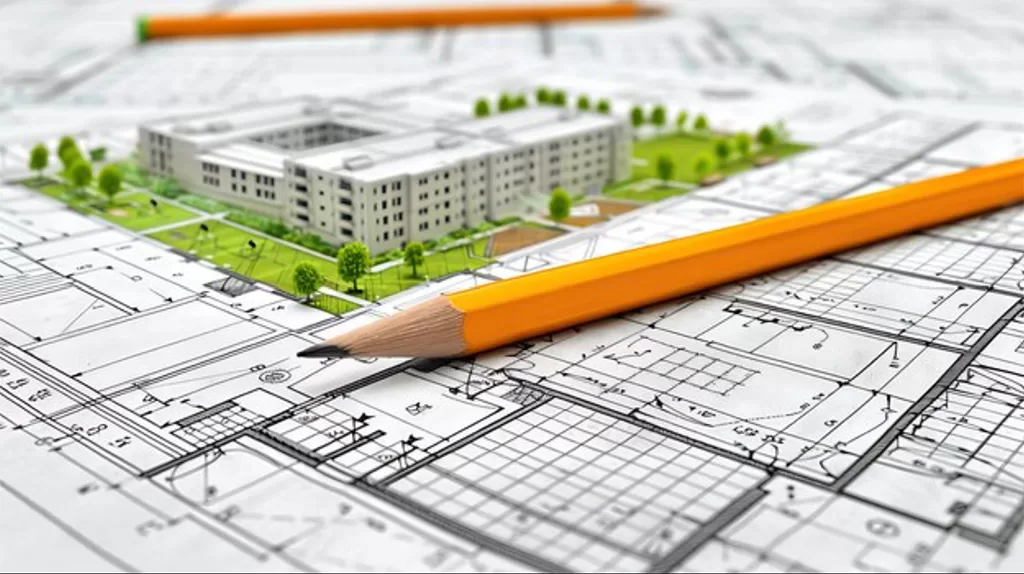Designing with Dignity: Empowering People Living with Dementia
September marks World Alzheimer’s Month, a timely reminder of the growing need to design environments that respect the dignity and independence of people living with dementia. Dementia affects individuals at different stages, and with thoughtful design and technology integration, we can help people live fuller, more autonomous lives.
Choice and Accessibility: Foundations of Dignity
A fundamental step in supporting those with dementia is ensuring they have a choice over where they live, whether in specialist housing designed for their needs or in their own homes.
Regardless of the housing typology, the built environment must be accessible for residents and visiting carers alike. This means spaces with level access, wide doorways, and adequate room to move comfortably and safely. Accessibility reduces potential hazards within the home, promotes independence, and supports dignity.

The Role of Technology in Promoting Independence
Building on our earlier discussions about meeting the aspirations of older adults, technology has an increasingly vital role in dementia care.
The key is co-designed smart integration, developing tech solutions alongside those who will use them to ensure they truly meet needs without creating new barriers.
Many basic assistive technologies already exist, such as voice control systems, reminder displays, and automated pill dispensers, which are simple yet effective tools that support daily routines.
Looking ahead, a generational shift is bringing more tech-savvy older adults into a generational age where dementia is a possibility. Generally, this cohort is used to using technology within the home and therefore even smarter solutions can be integrated. Widespread use of smartphones and smartwatches among older people enables greater remote support, such as phone reminders, video calls to connect with loved ones, and even GPS tracking to provide safety for those who may wander, although this perhaps brings questions of ethics to the fore.
Integrating Health and Home
Advanced and widespread healthcare integration is also on the horizon. For example, connection with NHS Virtual Wards allows for active health monitoring and professional care within the home, reducing hospital visits and enhancing comfort.
Moreover, innovations like Lenovo’s collaboration with Innovations in Dementia have produced Alzheimer’s Intelligence, a photorealistic 3D AI avatar reflecting the lived experiences of those with dementia, showcasing how AI can personalise support and companionship.
Research initiatives such as the Technology Empowered Dementia Independence (TEDI) Network Plus are pushing these boundaries further, funded to develop future-forward solutions that empower people living with dementia. We look forward to seeing the outputs of this research, which obtained funding earlier in 2025.
What Does This Mean for the Built Environment?
While accessible layouts remain critical, modern dementia-friendly design increasingly requires robust network connectivity. Homes must be wired to support smart systems controlling heating, lighting, and power through voice activation and centralised devices.
This mirrors principles seen in trauma-informed design, creating environments that provide residents with control, comfort, and choice. When technology is fully integrated with housing and healthcare, it creates a seamless experience that preserves independence and dignity.
Moving Forward: Dignity Through Design and Technology
As we reflect during World Alzheimer’s Month, it’s clear that enabling people living with dementia to maintain dignity involves more than architecture alone. It requires a holistic approach that combines accessible, thoughtful design with innovative technology, all co-created with the people who live these experiences every day.
Together, we can build environments where dignity and independence are not just aspirations but realities.








